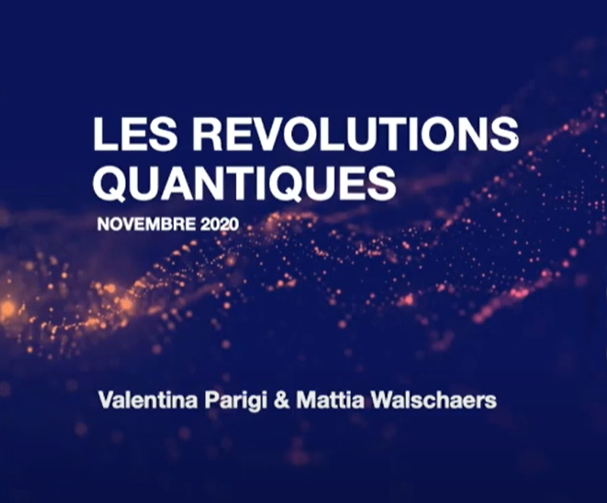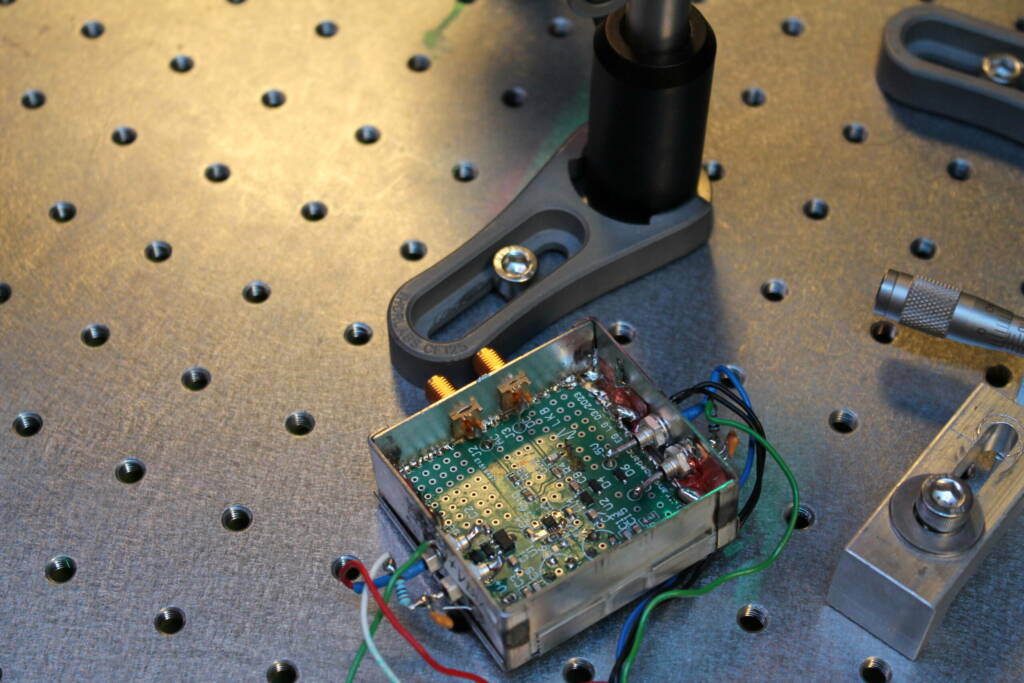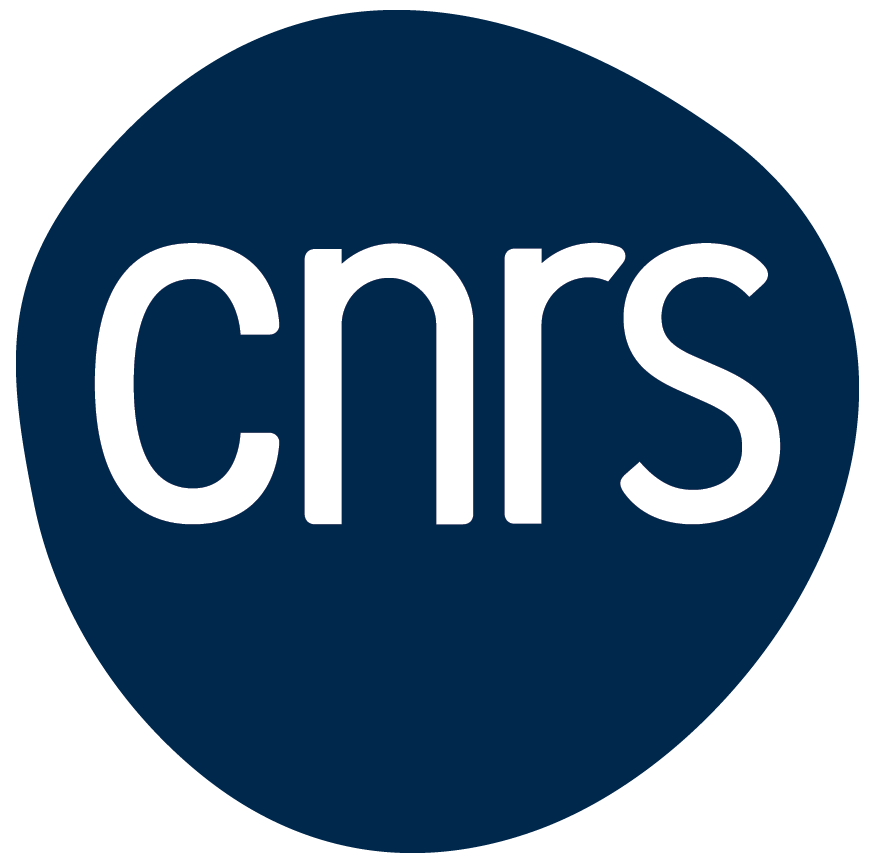Bringing quantum revolutions to the classroom
Did you know that most modern technologies that we use on a daily basis already rely on quantum phenomena?

Media and even politics regularly talk about quantum technologies as one of the big upcoming innovations. It is even said that we are going through a quantum revolution. But did you know that most modern technologies that we use on a daily basis already rely on quantum phenomena? This is why our current wave of quantum innovations is also referred to as the second quantum revolution. So, what are these new quantum technologies, and which phenomena in quantum physics are used to construct them? How is the second quantum revolution different from the first one that gave us the transistor and the laser?
These questions are common, in particular about the researchers of tomorrow. For this reason, the quantum flagship organized a large education event during the European quantum week. During this event, Valentina Parigi and Mattia Walschaers of the multimode quantum optics group at LKB addressed high school students from all over France in a presentation (in French) to explain the quantum revolutions and answer some of the above questions.
Anyone who is interested can watch this presentation on YouTube.
Read also
CNRS Recruitment – Join the LKB
External Recruitment for Researchers (M/F)
Nathan Goldman is among the Highly Cited Researchers
Clarivate list



